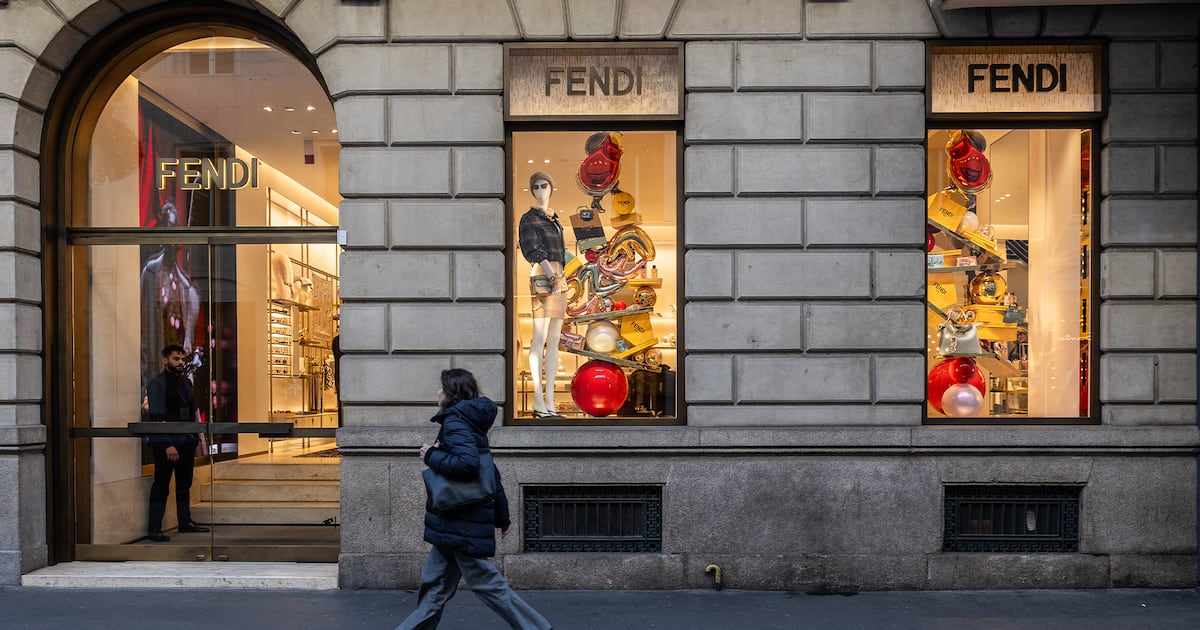Dear BoF Community,
Hello from New York Fashion Week where a snowstorm is threatening to dampen the festivities. Weâre just one month into 2025, and the wave of changes in fashionâs executive and creative leadership ranks continues unabated. There is so much change that it can be hard to keep up, so hereâs a quick recap:
- Sabato De Sarno is out as Gucciâs creative director, effective immediately, Kering announced this week. The Autumn/Winter 2025 collection will be led by the âdesign studioâ and the search is on for a new creative director.
- Marco Gobbetti is leaving Ferragamo, earning a â¬4.5 million ($4.7 million) payout after the chief executiveâs three-year effort at revitalising the family-owned Italian luxury brand stalled. Ferragamo shares lost 66 percent of their value under his tenure.
- Serge Brunschwig was appointed CEO of Jil Sander amid speculation that designers Luke and Lucie Meier are leaving after their show later this month. Brunschwig is also taking the role of chief strategy officer of OTB Group, where Glenn Martens has been appointed creative director of Margiela in addition to his role at Diesel, which is currently without a CEO after Eraldo Poletto left seven months into his tenure.
- Kim Jones exited Dior Homme last week, ending an eight-year collaboration at the menswear brand he helped to grow into a juggernaut amid the Covid luxury boom. His next move is not yet known.
What does this signify? While some of the creative directors and CEOs clearly failed to deliver on expectations, taken together the raft of changes are also reflective of an industry that feels increasingly lost and unsure of itself. Some of these people are taking the fall for a luxury business model that is broken. Simply changing leadership at the top will not be enough. We need a wholesale reevaluation of the luxury fashion sectorâs meaning and purpose for customers who are seeking value, creativity and transparency.
My Top Picks of the Week:
1. Who Will Lead the House of Gucci? The abrupt departure of creative director Sabato De Sarno raises questions over who will replace him and how long it will take to get Keringâs anchor brand back on track.

2. Why Louis Vuitton Went Back to Murakami. Plus, Hollywood versus Silicon Valley, Frieze and the Oscars after the LA fires, Spotify enters video with The Weeknd, and more from arts columnist Marc Spiegler.

3. How Much Does Sneaker Innovation Matter? With so many brands peddling new performance technologies, it can be hard for shoppers to understand what makes one product better than another. Itâs on brands to nail the right mix of form and function.

4. Trumpâs Tariffs, Explained in 4 Charts. Uncertainty around the rollout of the tariffs â how long theyâll last and whether more are in the works â complicates the fashion industryâs ability to adjust to the new reality.

5. Can Fashion Be Inclusive Without Saying âDEIâ? Brands, retailers and their employees are negotiating a new approach to diversity, equity and inclusion initiatives for the Trump era â and that often means avoiding the term itself.

This Weekend of the BoF Podcast

The author has shared a Podcast.You will need to accept and consent to the use of cookies and similar technologies by our third-party partners (including: YouTube, Instagram or Twitter), in order to view embedded content in this article and others you may visit in future.
âWill India be the next China?â is a question thatâs circulated throughout the fashion industry for years. Even as its population and economy both surge, Indiaâs cultural tapestry and fragmented retail landscape set it apart from its northern neighbour.
At BoF VOICES 2024, Ravi Thakran drew on his experiences pioneering luxury growth for Swatch in 1990s China and leadership of LVMH in Asia to share his unique insights on the many differences between the worldâs two most populous countries, and why European luxury brands have not yet managed to really crack the Indian market.
âIndia is now across China and growing faster. But when it comes to the luxury market â talk of any brand, be it Mercedes-Benz, BMW, Louis Vuitton, Cartier â India is less than 1 percent,â says Thakran. âIndiaâs stupendous growth is right in front of us, but the bulk of that growth is led by a very young population with a very low per capita income. So if you are an aspirational player, go to India today. This will be your biggest play going forward. In luxury, you still have to work.â
Thakran unpacks the dynamics of economic growth in India, explains why its path wonât mirror Chinaâs, and shares insights on how to succeed in one of the worldâs most complex yet promising markets.
Wishing you all a great weekend!
Imran Amed, Founder and CEO, The Business of Fashion

